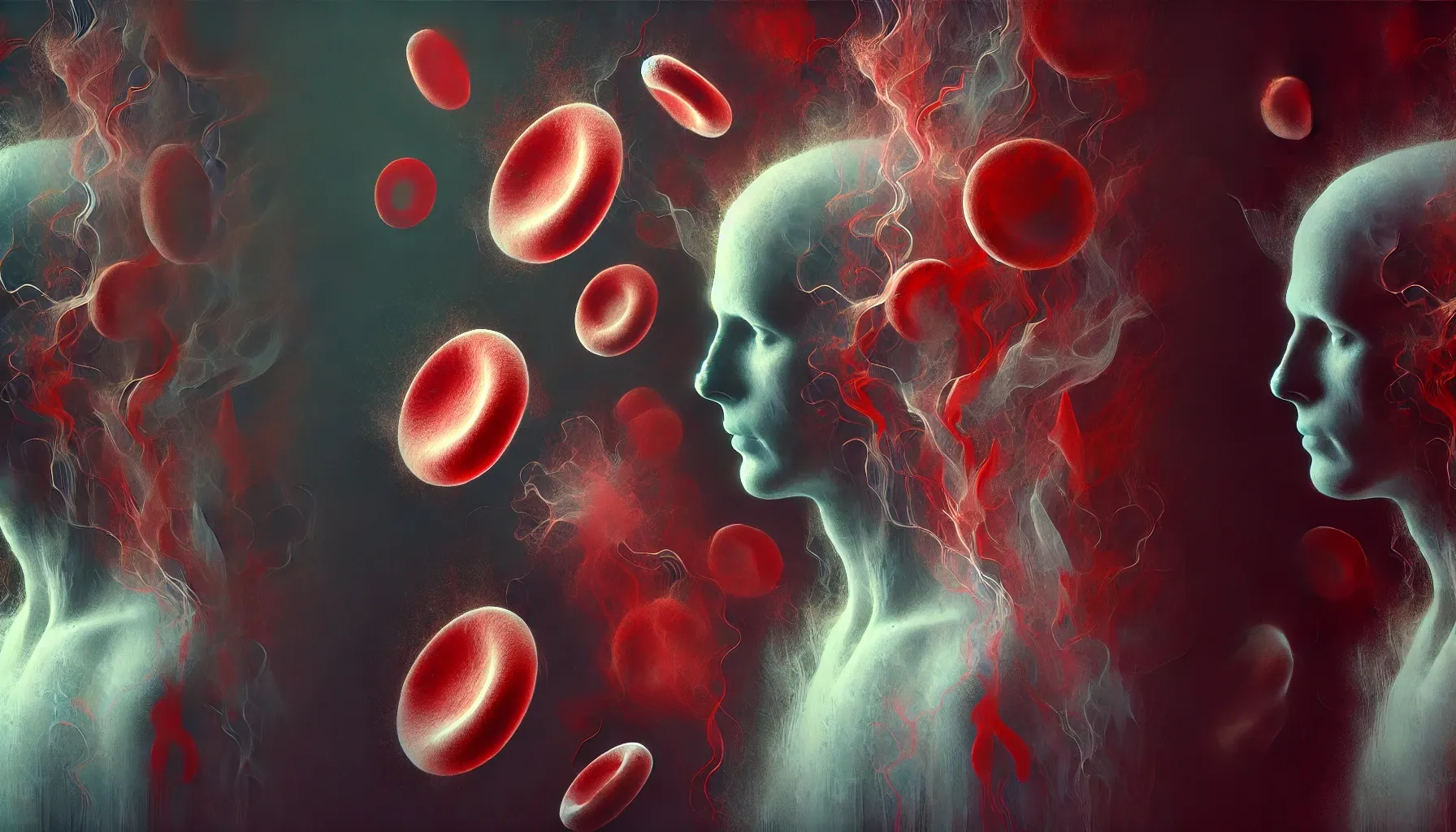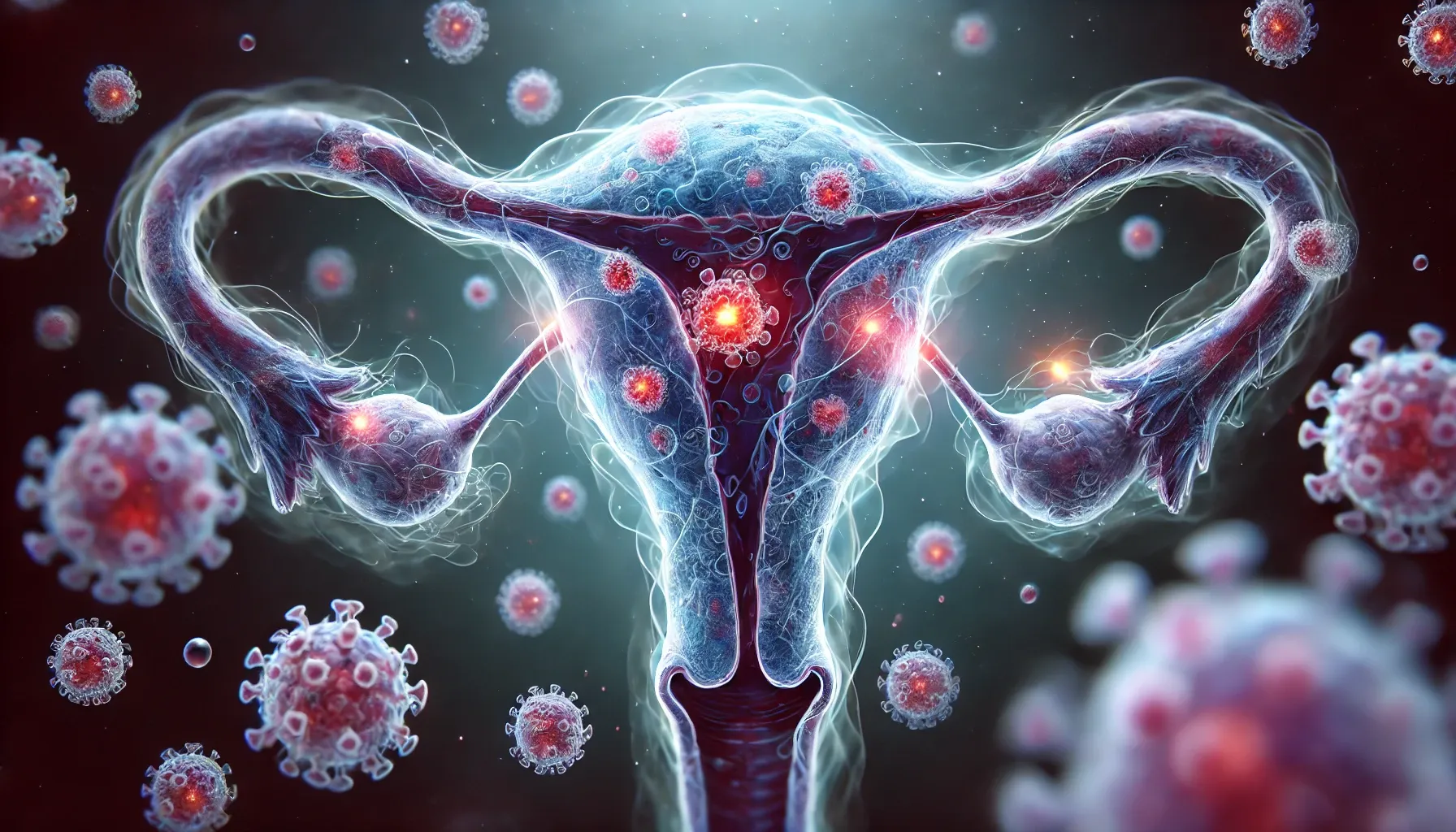UPSC
The Hindu Briefs
All You Need to Know About Anaemia
Last Updated
19th March, 2025
Date Published
19th March, 2025
Share This Post With Someone

Context:
This analysis is based on "All You Need to Know About: Anaemia." It provides an overview of anaemia, a prevalent blood disorder in India, focusing on its causes, symptoms, prevalence, and treatment, with emphasis on its public health implications.
- Definition and Mechanism: Anaemia is a condition marked by low red blood cells or haemoglobin, reducing oxygen delivery to tissues, caused by iron deficiency, folate, vitamin B12, or vitamin A shortages, chronic diseases, or infections.
- Symptoms: Includes fatigue, weakness, dizziness, shortness of breath, and in severe cases, developmental delays in children or maternal health risks during pregnancy.
- Global and Indian Prevalence: The WHO identifies anaemia as a major public health issue, affecting 40% of children (6-59 months), 37% of pregnant women, and 30% of women (15-49 years) globally; in India, NFHS-5 (2019-21) reports 57% of women and 67% of children as anaemic, up from 53% and 58.6% in NFHS-4 (2015-16).
- Diagnosis Debate: Anaemia is diagnosed via haemoglobin levels (e.g., <110 g/L for children/pregnant women, <120 g/L for non-pregnant women per WHO), but experts question WHO cut-offs for India, suggesting over-diagnosis due to capillary blood sampling inaccuracies vs. venous blood methods.
- Policy Shift: NFHS-6 (started July 2023) dropped anaemia questions, shifting assessment to the Diet and Biomarkers Survey in India (DABS-I) for a more accurate estimate using dietary and biomarker data.
- Health Impacts: Linked to poor school performance, reduced adult productivity, and adverse pregnancy outcomes (e.g., premature birth, low birth weight, maternal mortality), with economic consequences for families and nations.
- Treatment Options: Includes dietary changes (iron-rich foods), supplements (iron, folic acid, B12), and addressing underlying causes like infections or chronic conditions.
- India’s Challenges: High prevalence stems from nutritional deficiencies, rural poverty, and inadequate awareness; low- and middle-income countries like India bear the greatest burden.
- Government Initiatives: Programs like Anaemia Mukt Bharat focus on iron supplementation and dietary improvements, though effectiveness is debated amid methodological critiques.
Link To The Original Article – https://www.thehindu.com/sci-tech/health/all-you-need-to-know-about-anaemia/article69344161.ece

UPSC
The Hindu Briefs